Camera focus modes are something not all photographers are entirely familiar with, but one of the best ways to upgrade your photography is to understand autofocus modes and all of the possibilities that they have to offer!
In this guide to camera autofocus modes in photography, we’ll start by briefly speaking about the differences between manual focus and the autofocus mode, and later. we’ll look in-depth at the AF modes and Area modes available in modern DSLR and mirrorless cameras.
Each camera focus mode works in a different way, so we’ll see in which situations you should choose them. From there, we’ll explore the different focus area modes that offer even more flexibility and are fundamental for focusing in photography.
Remember that camera autofocus modes are made even more complex when different manufacturers use their own names for the same modes. Keep your camera instruction manual close at hand as we explore all the camera focus modes so you’ll know precisely which setting applies to your brand.
- What are the camera focus modes?
- Camera autofocus modes
- Autofocus area modes
- Camera focus modes examples
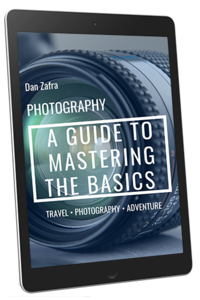
GET OUR FREE EBOOK TO
MASTER THE PHOTOGRAPHY BASICS
20 LESSONS AND 80+ PAGES WITH EXAMPLES, INFOGRAPHICS, TIPS, AND MORE!
What are the Camera Focus Modes for Photography?
Understanding camera focus modes comes down to first getting to know the two major ways photographers can find focus on a subject. Photography focus modes rely on either using your hands and manually focusing or relying on the camera’s focusing motors and technology.
Both photography focus types have their place and you’ll want to use both in certain situations.
Manual Focus Mode (M)
Focusing manually is how photographers worked for long decades before autofocusing technology became available. Using manual focus mode is still relevant even today because autofocus can make mistakes or select the wrong area/subject to track.
For example, manual is the best focus mode for astrophotography. If you spend a lot of time photographing the Milky Way and other night sky objects, you’ll need to fine-tune your focus to infinity or a distant object, since the autofocus will likely miss the focus.
Manual focus mode is usually more reliable than autofocus when shooting in low-light conditions and in some other genres like macro, architecture, and stills.
Autofocus Mode – (AF)
Camera Autofocus Mode allows you to use internal lens motors and advanced camera technology to focus on a given subject.
Selecting the best autofocus mode depends on your subject, available light, the limits of your camera technology, and more. Autofocus settings can be used to lock onto subjects as they enter a specific area (AF area modes), track eyes across the frame, and much more.
AF modes are versatile tools that take the guesswork out of manual focusing on moving targets. However, you’ll need to ensure you’re fully familiar with each autofocus mode setting, as choosing the wrong one can actually end in an out-of-focus image!
What are the Camera Autofocus (AF) Modes?
Camera autofocus modes (also known as AF Modes) become more advanced each passing year. Autofocus improves with each new camera body – tracking speeds get better, focusing becomes more accurate, and new modes allow you to track everything from a flying bird to the eye of a football player.
Unfortunately, while camera manufacturers offer many of the same choices, they don’t collaborate when designing their systems. Nikon, Canon, Sony, and others often use different terms for similar AF settings in-camera.
For instance, regardless of whether you see AF-S for a Nikon focus mode or One-Shot AF for Canon AF modes, both are describing the camera’s Autofocus Single mode.
Below, you’ll find in each section how focus modes are best explained, but I’ll be sure to lay out how each of the three major camera brands describes their own AF modes so you can find it on your camera instantly! I’ll also describe why each is the best autofocus mode for a given subject or style of photography.
These are the main Camera Autofocus modes in photography:
1. Single autofocus mode (AF-S / One-Shot AF)
Single autofocus mode (AF single) is the most basic option available. By selecting the single autofocus, your camera will lock the focus on the subject that you want to photograph.
Remember that autofocus single is one of the least intelligent AF modes. If you’ve acquired focus on your subject and it moves, the camera won’t adjust focus to compensate. You’re locked into using your current focus, and if your subject moves, you’ll have to focus again.
AF single is the best AF mode for static subjects, such as portraits, macro, and architecture, since there’s no need for tracking or covering a wide area.
I always use AF-S for landscape photography, along with narrow apertures that give me a wide depth of field for maximum sharpness; all I need to do is set single autofocus mode and focus on the landscape feature I want to ensure is in sharp focus or the hyperfocal distance when I use that focusing technique for maximizing the depth of field.
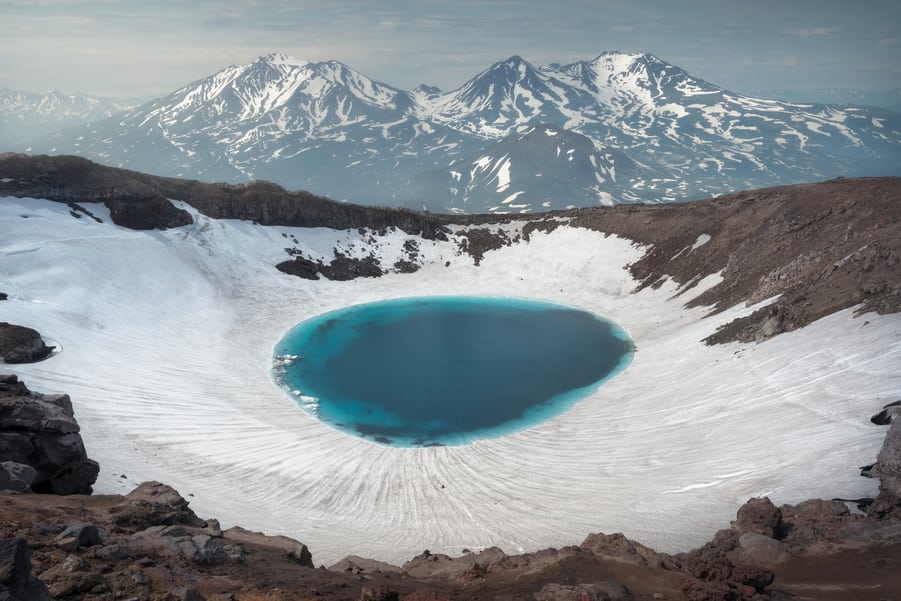
Single AF is the most basic focus mode and the best for still subjects
You can also use single autofocusing for creating long exposure images to ensure that your focus is correct.
Single autofocus in camera nomenclature:
Nikon: AF-S Mode
Canon: One-shot AF
Sony: Single-shot AF
2. Continuous autofocus mode (AF-C / AI Servo)
Continuous autofocus (AF continuous) modes are the best AF modes for moving subjects. Once you’ve set your focus, your camera will continue to track the subject, even if they move around within the frame.
Depending on the brand of your camera, you can often make the tracking area smaller to make the continuous autofocus speed faster (we’ll dive into this in the focus area modes below).
At this point, you might be wondering: so why wouldn’t you simply use continuous focus mode in camera all the time versus single autofocus mode? For one, AF continuous mode is not as efficient as Single AF mode when the subject is static. This Autofocus mode also takes more processing power and lens adjustments, making it a greater drain on battery life.
Also, continuous AF mode doesn’t always work, since camera technology isn’t perfect. Depending on your subject’s movements, the shallowness of your depth of field, the focusing speed of your lens, and the light conditions, the camera may acquire and lose focus constantly. When that happens and you end up with an out-of-focus image, your only chance is using a piece of software to make blurry pictures clear like Topaz Sharpen AI.
Camera AF Continuous mode is perfect for maintaining focus on constantly moving subjects such as eyes for portraits, sports, and wildlife.
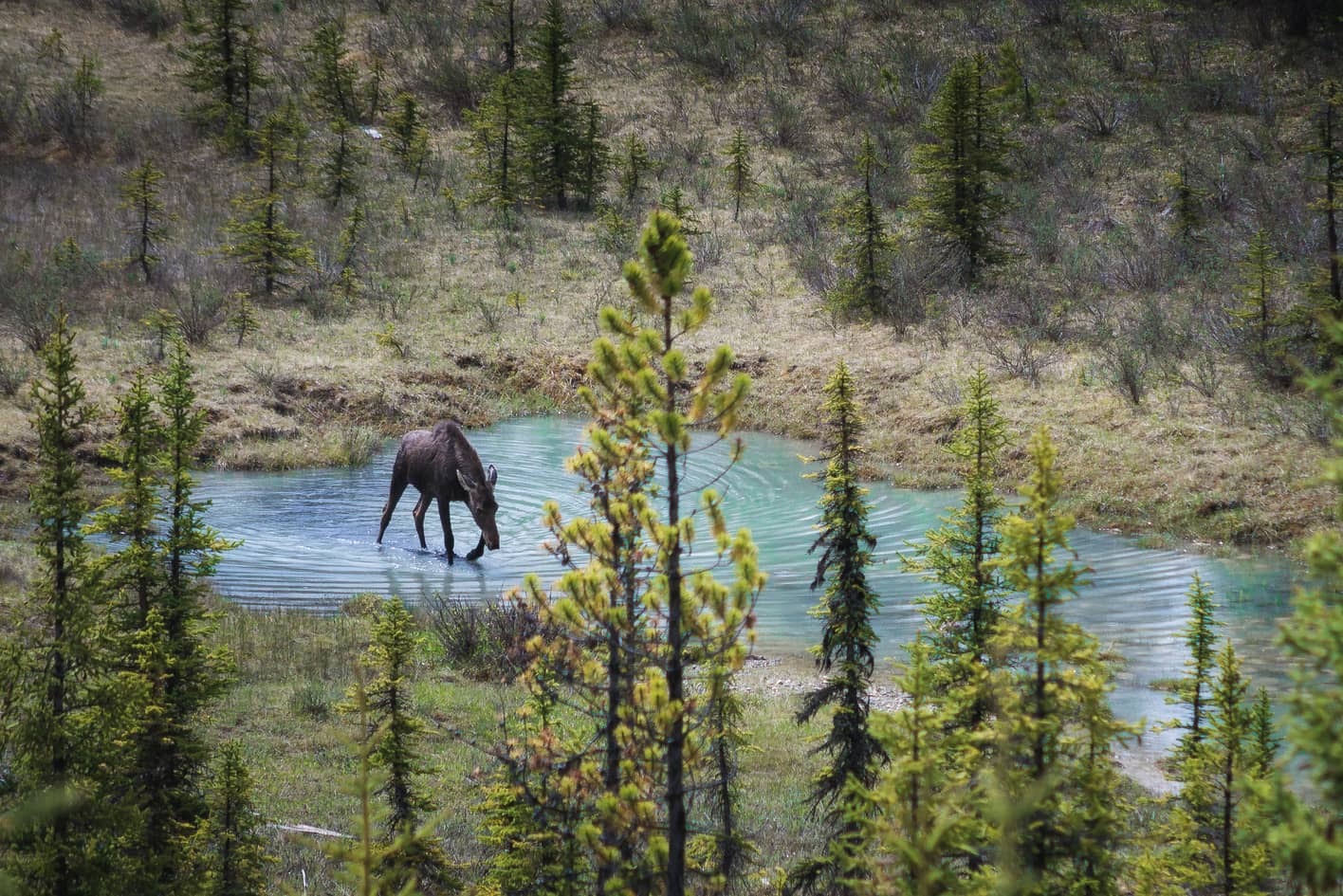
Continuous AF is the best focus mode for moving subjects
Continuous autofocus in camera nomenclature:
Nikon: AF-C Mode
Canon: AI Servo AF
Sony: Continuous AF
3. Hybrid autofocus mode (AF-A / AI Focus AF)
Lastly, we have Autofocus Hybrid or Automatic AF for those times where you aren’t certain whether to go with single or continuous autofocus mode.
Using Automatic AF, once your camera detects subject motion, it’ll switch to AF continuous to track them, and then switch back to AF single once they pause.
By setting automatic AF in-camera rather than choosing a specific focus mode, we are prepared for especially challenging subjects, such as wildlife and small children, who will move about in sudden bursts of speed before deciding they want to pause and inspect something.
The constant micro-adjustments made during AF continuous may be problematic once your subjects stop moving, making Autofocus Hybrid camera mode the best choice in situations when the subject’s movement is unpredictable.

Automatic AF mode is the best mode for challenging subjects
autofocus hybrid in camera nomenclature:
Nikon: AF-A Mode
Canon: AI Focus AF
Sony: Continuous AF
Generally, which autofocus mode is best depends mainly on the movement of your subjects, the light conditions, and, ultimately, on how difficult it is to focus. Autofocus Hybrid is useful for especially challenging situations, while choosing between AF-S vs AF-C comes down to knowing whether your subject will remain static or not.
How do I Change the Camera autofocus Modes?
First, you’ll need to set the Mode Dial to something other than Auto, since that setting allows the camera to decide when to change autofocus modes.
AF mode camera settings depend on the brand in question, but most Nikon, Canon, and Sony models include Info buttons that will help you find your camera AF mode.
Since changing autofocus modes is one of the most basic camera functions, you should see the choice immediately upon pressing Menu. Advanced cameras usually offer quick buttons to quickly change between different AF modes; for example, Nikon AF modes are set in the left bottom area of the camera. You only have to press the button and use the rear dial to switch from AF-S to AF-C focus modes.
If you need to decide between One-Shot vs Ai Servo mode using the Canon AF modes, you can access either function by using the menu or the dedicated Drive AF button found on higher-end models. Once pressed, use the Command Dial to choose your camera autofocus mode (One Shot, AI Servo, AI Focus).
To switch between different Sony Autofocus modes, you can do it using the Fn button or any quick customized button that you choose.
What are the Autofocus (AF) Area Modes?
Autofocus Area Modes help fine-tune how and where the camera seeks to focus within a scene.
The best way to nail your autofocus and take sharper photos is to choose the right focus point for a given setting and subject. Choosing the wrong focusing area and points can actually hinder your camera as it will hunt in a very large or small area.
Understanding your camera focus points is the first step before selecting the best AF Area mode. I explain everything in-depth about photography focus points in our guide to focusing in photography.
Now let’s dive into the different AF-Area modes, where we’ll see the main types, how they work, and when you should use them.
These are the main Camera AF Area Modes in photography:
1. Single-Point AF Area Mode
Single-Point AF Area mode allows you to select a single focus point for static elements within the scene. So long as you keep the subject framed over this point and are using AF-C, the camera will automatically adjust focus to keep the sharpness of the image.
Basic Camera models include just a few focus points where you can select your single-point area.
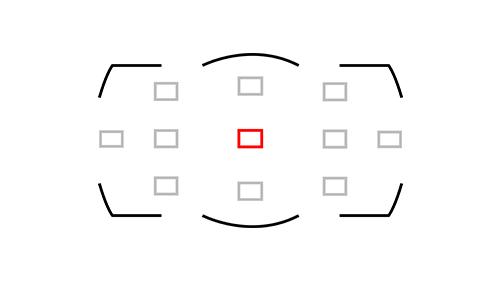
Single-point in an 11- focus points area
Advanced models include more focus points where you can select a specific single-point for better precision. These cameras usually allow you to switch to a single-point mode with fewer focus points when you need to quickly change your focus point.
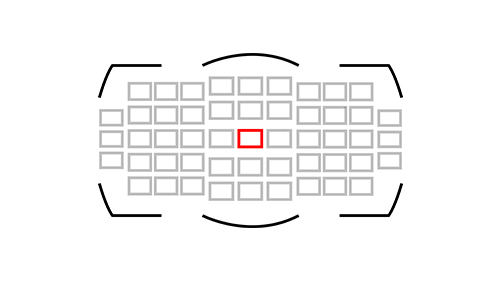
Single-point in a 51- focus points area
Regardless of your camera model, you can use any of your camera focus points as a single-point area to focus on your subject. However, the central focus points of the camera sensor are the fastest and most reliable, and the single-point area is more accurate when using the central focus point.
Single-Point AF is the best focus area mode for still subjects. Landscape photography makes regular use of this mode, since the portions of the landscape you’re using to focus on won’t be moving.
This focus area also gives you more accuracy when you’re shooting a portrait or image where the exact focus point is vital.
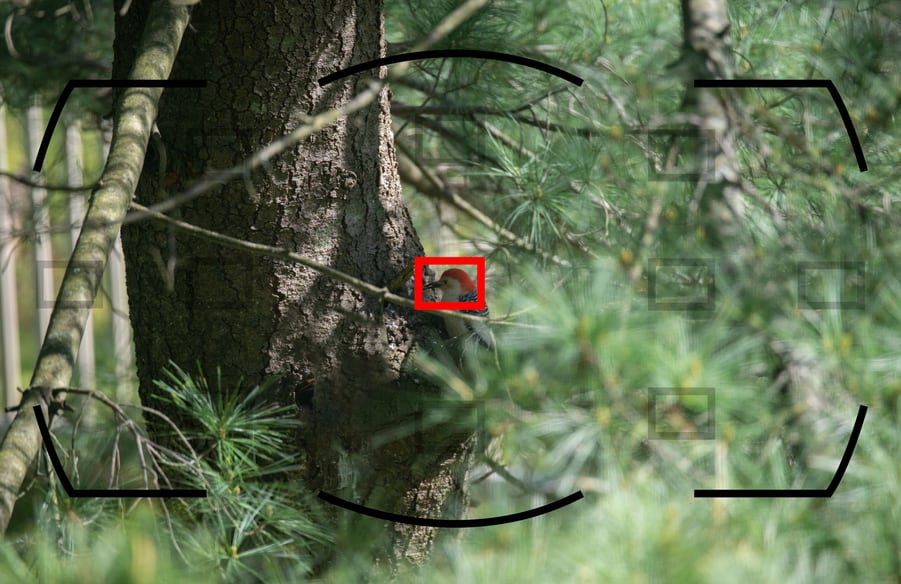
Single-point is the best AF area for still subjects or scenes where the focus point is crucial
single-point area mode nomenclature:
Nikon: Single-Point AF
Canon: Manual AF Point
Sony: Center / Flexible Spot
2. Dynamic AF Area Mode
Using Dynamic AF Area, once you’ve manually selected your focus point, if the subject moves, your camera uses the selected point as well as the surrounding points to keep the subject sharp. To do this, you only have to keep your focus button pressed and your camera will continue focusing.
Most cameras include different Dynamic AF area modes in groups of several focus points, like 9, 21, 51 etc. The number of points varies according to the camera sensor size and type.
Basic entry-level cameras include smaller AF areas and fewer points, usually in the range between 11 and 179 points, while advanced cameras can include larger AF areas up to 693 focus points, like the Sony A9.
As for the use of the different dynamic area modes, on certain occasions, it’s better to use smaller Area modes and fewer points, like when your subject is predictably moving in the same area, whereas in others, you might need the largest Area mode that uses all the focus points available, like when you’re shooting different subjects moving at different speeds and directions across the frame.
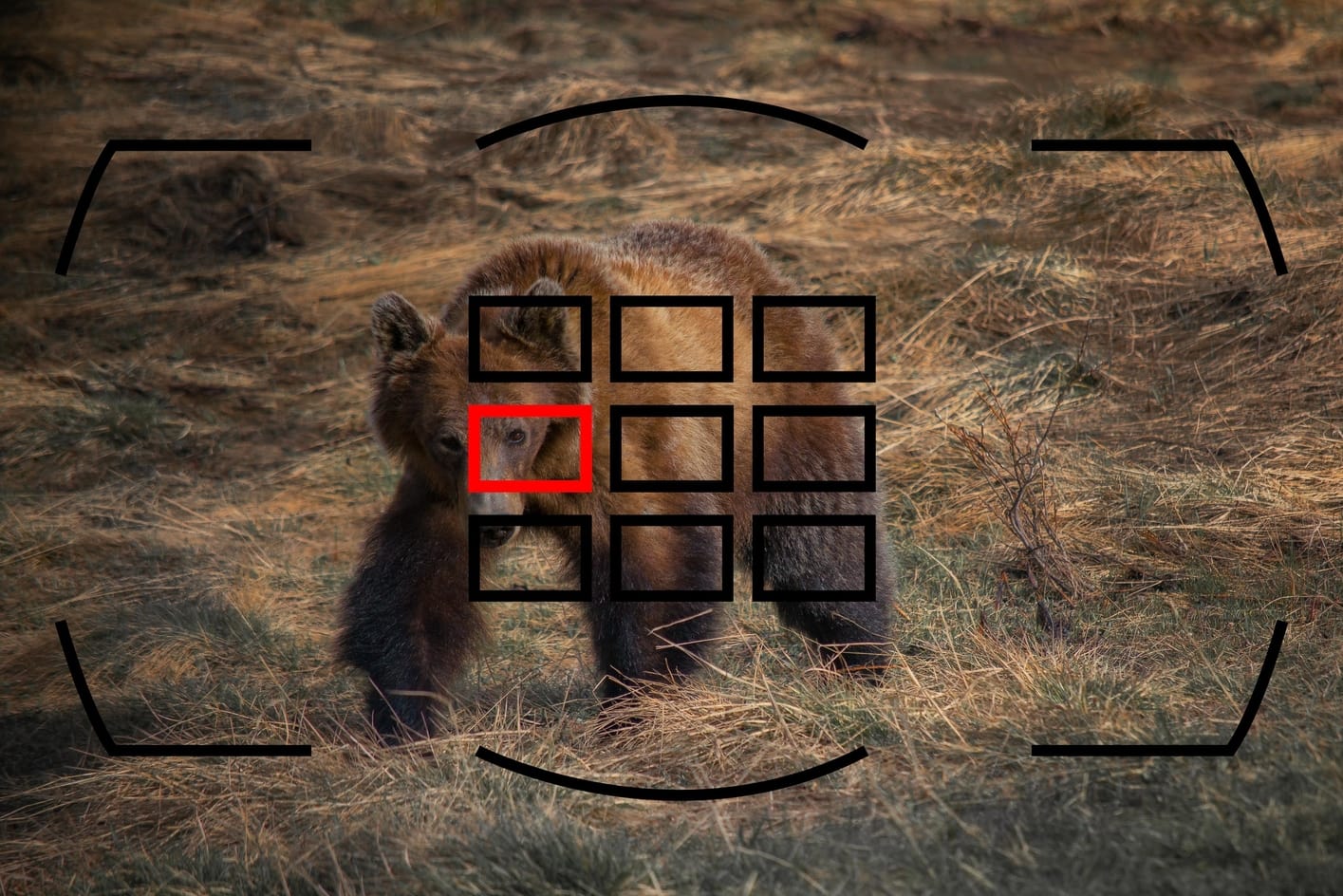
Dynamic 9-point AF area mode for shooting a slow-moving subject
In this focus area mode, Nikon also offers 3D focus tracking, which includes color recognition to improve focus accuracy. This is an efficient AF Area mode for tracking subjects like a flying bird in a clear sky.
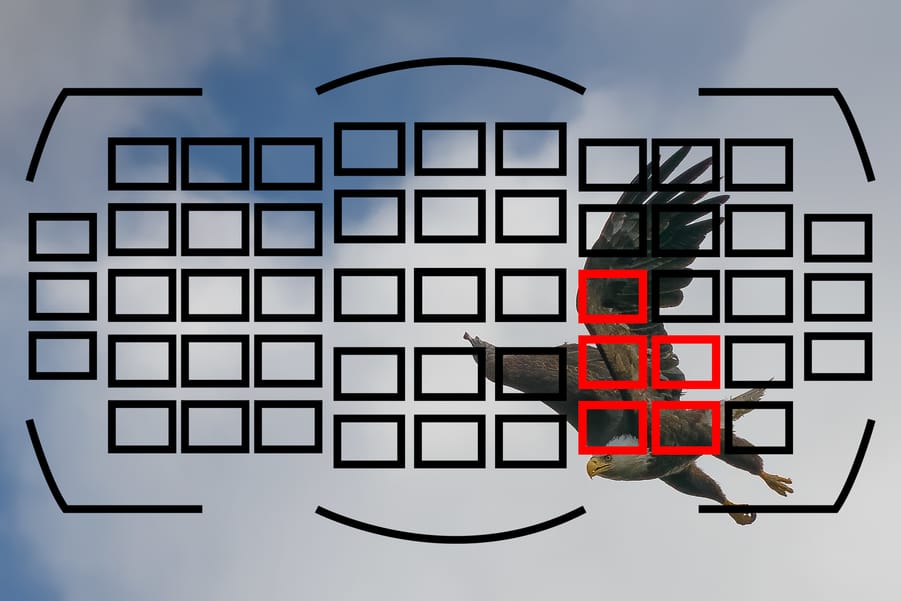
3D AF area mode for tracking and shooting a flying bird
An important difference to mention between the Dynamic AF Modes vs. 3D (or any other full-tracking mode) is the way the camera uses the photography focus points:
- Dynamic-area modesuse one of the focus points to focus on the subject, giving preference to the center point, and using the surrounding points if it’s necessary. In the end, your camera will only use one focus point out of the 9, 21, 51, or the total area.
- 3D and Full-tracking modes use as many points to focus on the subject as needed. That way, if your camera has 51 tracking points available and needs 5 to focus on the subject, it’ll use those specific 5 points. 3D tracking modes can look more convenient, but, as mentioned before, the more focus points your camera has, the more difficult it will be to accurately focus on the subject. I usually prefer using the 9-point Dynamic-area and panning my camera rather than using larger areas like 51 or 3D.
Regardless of the specific area you use, Dynamic AF is the best AF Area mode for wildlife and sports/action photography.
Dynamic AF area mode nomenclature:
Nikon: Dynamic AF area
Canon: AF Point Expansion
Sony: Lock-on: Flexible spot
When it comes down to choosing between single vs. dynamic AF Area mode, think about whether your subject is in motion or not. If you’re working with a static subject, then Single-Point AF area mode is best. Any time there’s motion within the frame, use Dynamic AF Area Mode to select your first focus point and allow the camera tracking to take over!
3. Group AF Area Mode
Group AF area mode allows you to select a specific Autofocus Area with a small number of autofocus points to focus rather than with a single point.

Group AF area mode
Group AF area mode ensures autofocus accuracy when a single AF point isn’t enough but you still want to pick out a particular subject/zone. Examples are wildlife and sports photography where there are subjects in groups in a specific area. This is also an ideal focus area mode for a group shot in portraiture.

Group AF area mode for shooting a group of close subjects
Canon and Sony offer similar group area modes, where the focus points are divided into 9 areas and are aimed at capturing subjects within an assigned area.
Autofocus face detection can also be implemented alongside Group AF in many brands when you use the single autofocus mode.
Group AF area mode nomenclature:
Nikon: Group AF area
Canon: Zone AF
Sony: Zone
4. Auto AF Area Mode
Auto AF Area mode is completely automatic. This is the best focus Area mode for letting the camera decide which focus points to use for a given scene. The camera relies on nearly all of its autofocusing capabilities, including subject distances, motion relative to the camera, and even the presence or absence of detectable eyes to select the right focus area mode moment by moment.
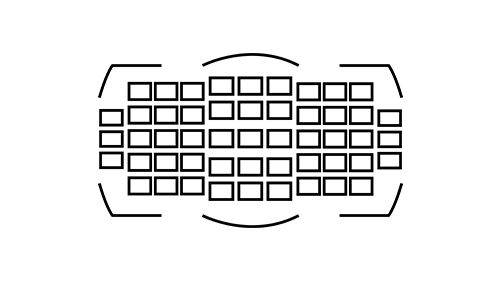
Auto AF Area mode
The main difficulty with the Auto AF area mode is that the camera has the most control over which part of the scene it deems important. For instance, a moving object in the background may be given more weight over a static subject in the foreground.
It’s the best AF Area mode for novice photographers that are starting to use the camera autofocus modes and for situations where you need to quickly focus on something close to the camera. However, it’s not recommended when you need more control over your focus point.
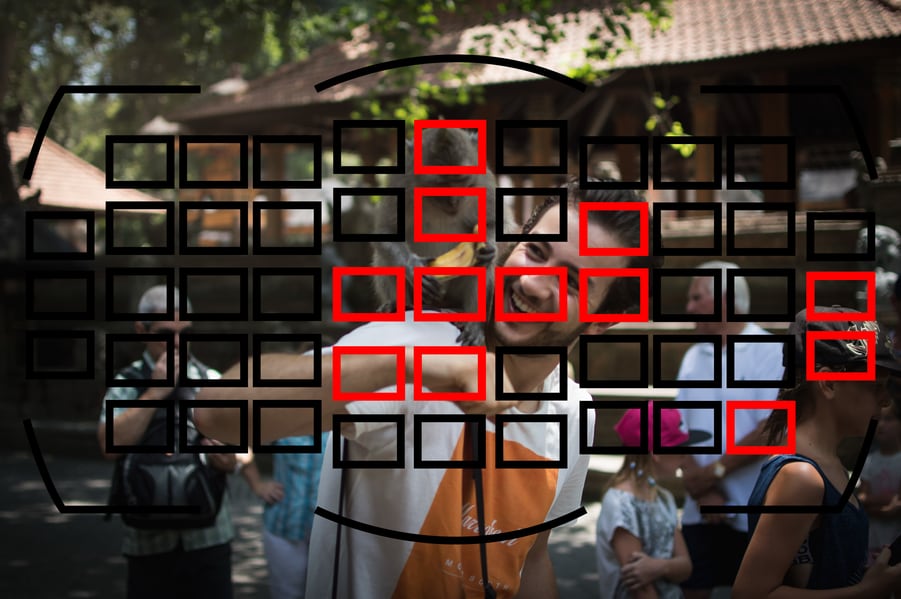
Auto AF Area mode is useful for focusing quickly on something close to the camera
Dynamic AF area mode nomenclature:
Nikon: Auto AF Area Mode
Canon: Auto AF Area
Sony: Wide
5. Eye AF Mode
If you’re a portrait photographer, autofocus eye detection is a mode you’ll be regularly using. The eyes are the most important element, and acquiring sharp focus on such small targets can be a challenge, especially when using shallow depth of field.

Eye-AF mode
Mirrorless cameras have pioneered AF eye recognition in recent years. Nikon’s Z series cameras now include Eye-Detection AF as a standard feature along with the usual focusing modes. Canon also uses Eye AF in their EOS R lineup.
However, of all the major manufacturers, Sony has the best Eye AF system around. It tracks reliably, even if your subject is moving, wearing glasses, or looks down. Sony Eye AF even works for animals, so you can use it in wildlife photography too.
Lastly, keep in mind that AF Area modes are constantly evolving. New features are made available with each model update and technological advance, so make sure your camera has the latest firmware updates in order to obtain new features and the best autofocus Area modes and performance!
How to Change the AF Area Mode?
Switching between Nikon AF Area modes is easy: press the Info button to access the Shooting Menu and highlight the current AF Area Mode. Once you highlight a new one within the menu, hit OK. You can also use the same quick button we mentioned before for changing the focus mode; simply use the front dial and you’ll see the different Autofocus areas in your viewfinder.
To select the Canon AF Area modes, you can do it either from the menu or from the Autofocus Point selection button in the top right corner.
Sony AF Area modes can be changed in the same way as the focus modes, either using the Fn button or any customized button.
Regardless of the manufacturer, all high-end camera bodies have a dedicated switch for choosing the best autofocus area mode. To check this and learn how to change the AF area mode for other camera models, I recommend taking out the manual because these bodies tend to vary quite a bit in menu and button layouts.
What Focus Mode Should I Use? – Camera Focus Mode Examples
Understanding camera focus modes will increase your chances of getting a nicely focused subject or group of subjects, no matter their movement or background.
The best way to learn them is by practicing and seeing real examples, so let’s talk about which are the best focus modes and areas in photography for a given scene or subject.
What is the Best Focus Mode for Landscape photography?
AF-S and Single-Point AF area mode are the best focus modes for landscape photography.
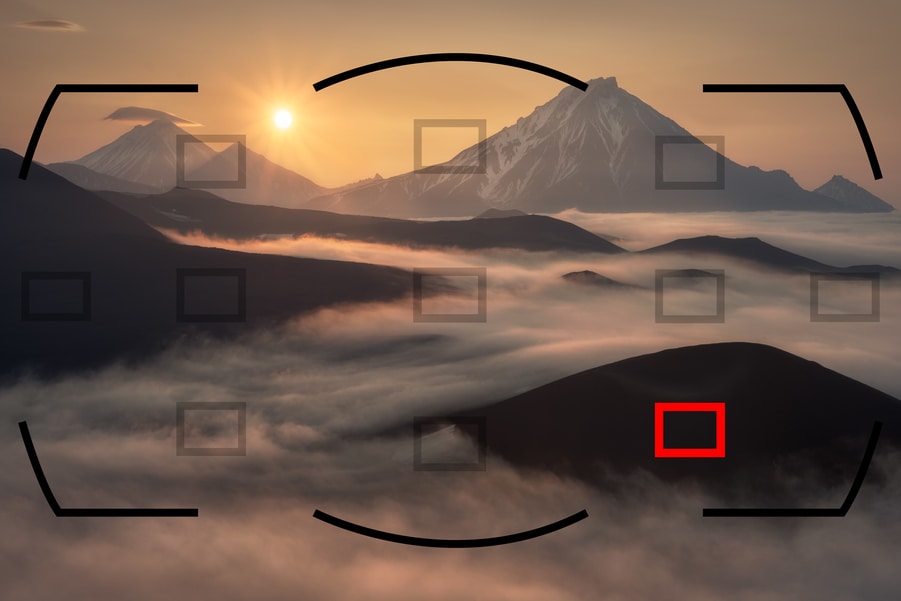
In this example, I used AF-S and Single-point to focus on the landscape feature that would maximize the depth of field
However, If you’re shooting in low-light conditions like in astrophotography, you’ll mostly use manual mode.
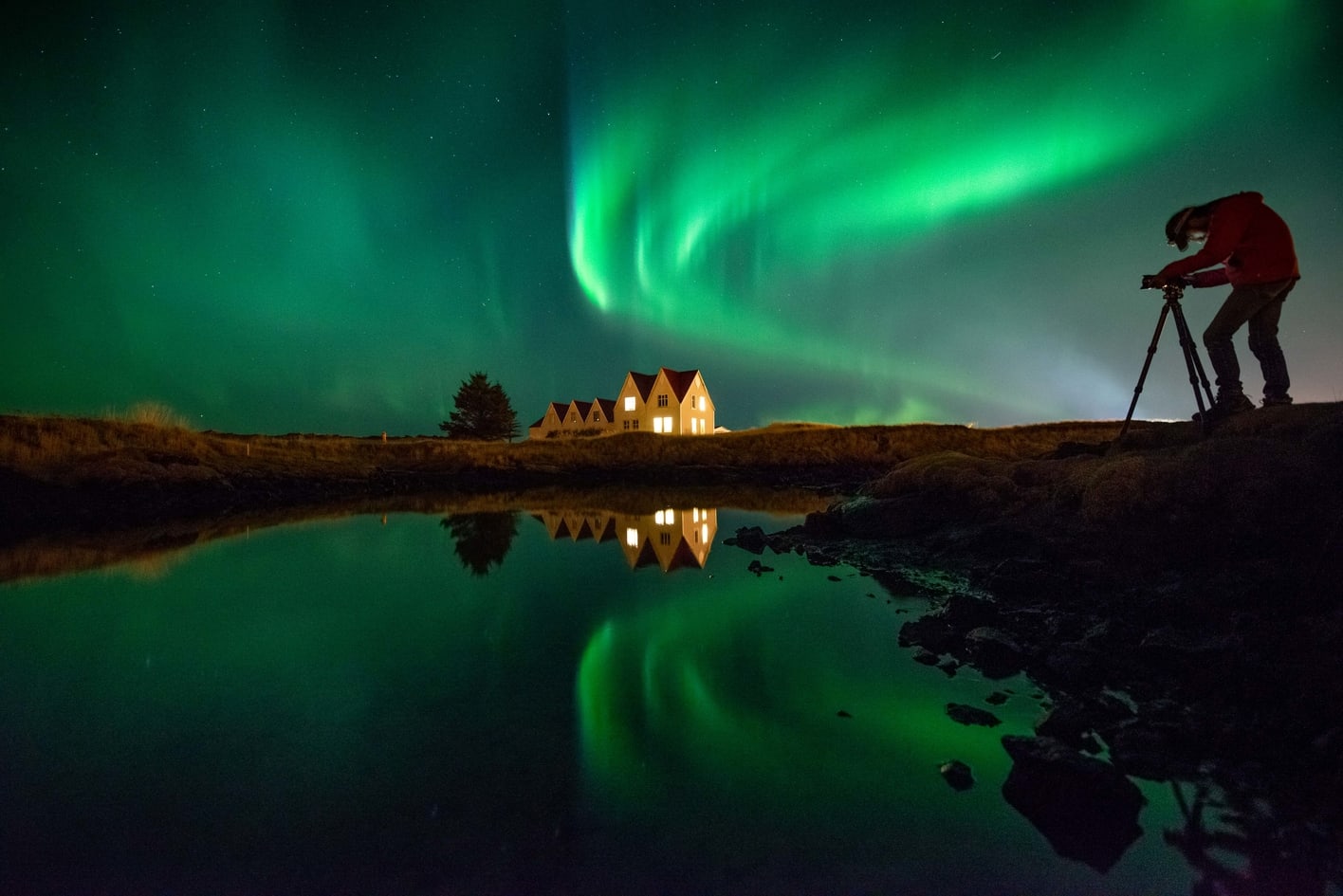
My camera AF (like most) struggle in low-light, so in this example, I used Manual Focus mode
What is the Best Focus Mode for Wildlife photography?
The best AF mode and area for Wildlife photography depends entirely on the animal and scene.
For slow-moving subjects, you can use Continuous AF mode along with single-point Area mode or Dynamic Area mode using one of the smaller AF area modes like 9 points. Group AF Area mode is another option if the subject is slowly moving across the same area or if we’re shooting a group of subjects and all are equally important.

The iguana was moving slowly, so I used Continuous mode and single-point AF area to focus
For fast-moving subjects like flying birds, the best modes are Continuous AF mode with Dynamic Area mode using a larger AF area mode like 51 points or any other mode aimed at tracking like 3D AF Area mode.

To focus on this flying puffin, I used Continuous mode + Dynamic area (21 points), panning my camera as it was flying with the focus button hold
For static subjects that can also move unpredictably, like small mammals, you can use the previous settings as well as Automatic AF mode with Auto AF area mode so your camera can decide the best focus.
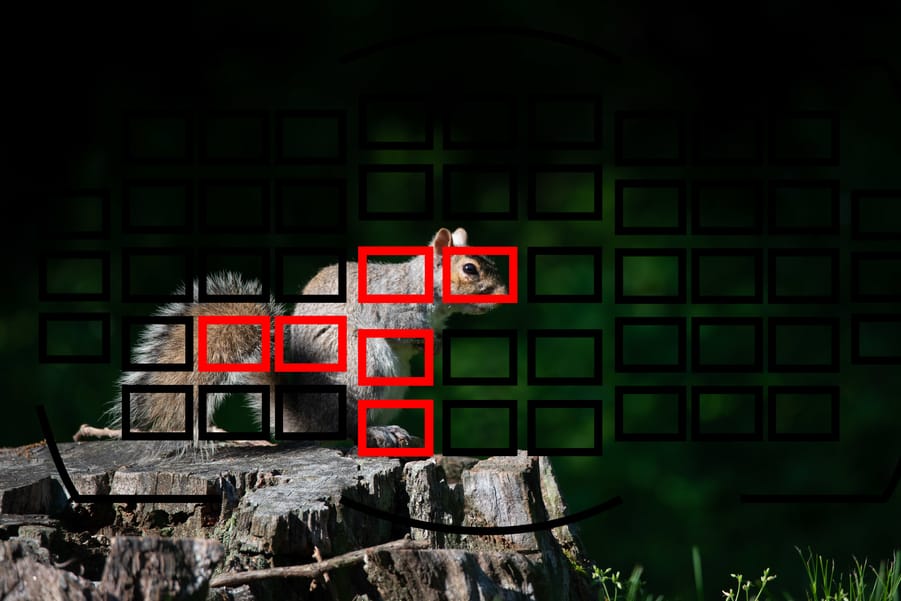
The squirrel could move unpredictably move at any time, so I decided to use Continuous + Automatic AF area
What is the best focus mode for sports photography?
The focus mode settings in sports photography depend completely on the type of sport that you’re photographing. The main focus mode is Continuous, but regarding the autofocus area, this completely depends on the sport that you’re shooting.
In individual sports where there’s a lot of tracking/action involved, you can use Dynamic-area with a small number of points.
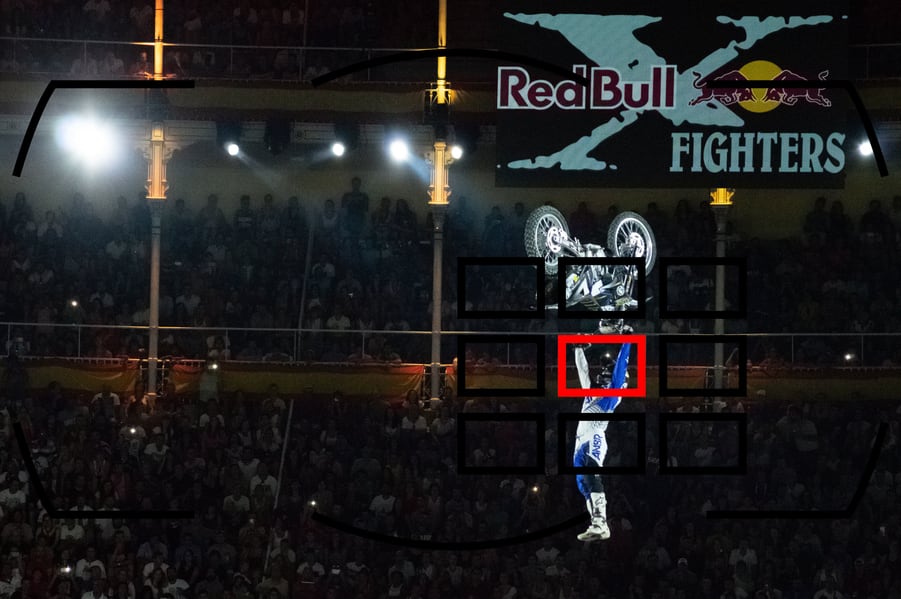
The movement of the biker was predictable and he was in a small zone, so I used Continuous + 9 point Dynamic area to track him and focus,
If there’s a small number of individuals involved and they are together, besides Dynamic, you can also use Group AF area or Zone if you’re shooting Canon/Sony.
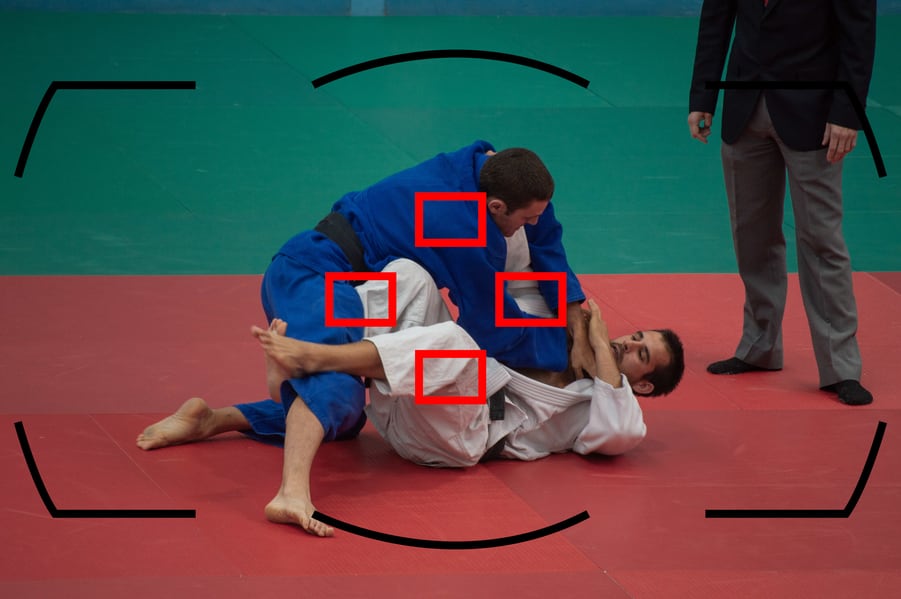
The two Judokas are in the same small area, so I used AF-C and Group AF area to give preference to the main 4 focus points
Lastly, in team sports, where there’s constant action or different individuals scattered across the frame, Dynamic-area with a large number of points or Automatic area AF might be good options.
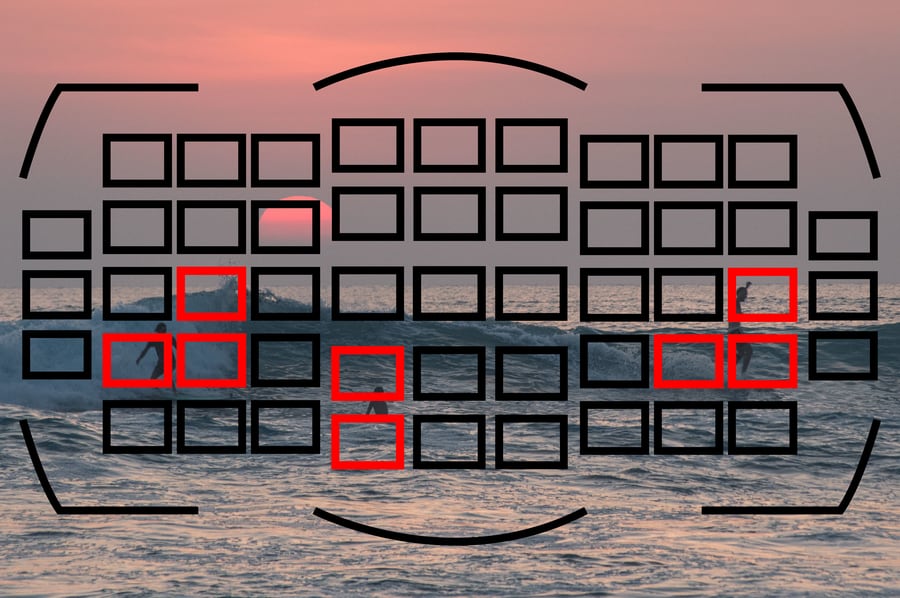
The surfers were spread across the frame, so the best focus mode setting was Continuous + AF automatic area
What is the Best Focus Mode for Portraits?
Continuous Eye AF ensures the eyes of your subjects will remain in sharp focus for perfect portraits.
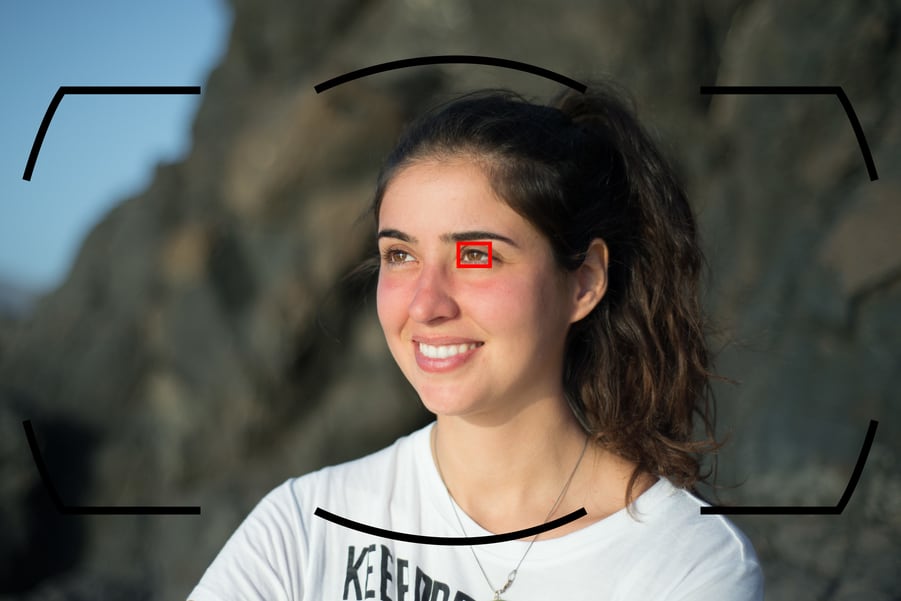
To shoot this portrait, I used Single AF + Eye-AF to ensure the eyes were tack-sharp
If your camera doesn’t have this mode, you can use either Manual Mode or Single AF mode with Single-point Area to focus on the eyes of your subject.
If you or your subject is moving, the best AF mode for taking portraits is Continuous AF with any of the smaller AF Dynamic areas.
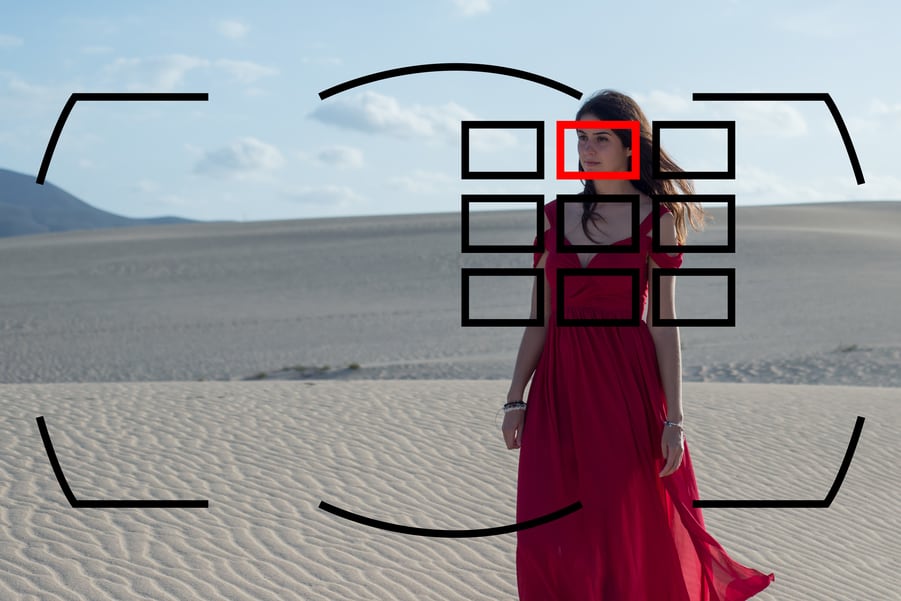
In this other portrait, my subject was moving, so I used Continuous AF mode + 9 point Dynamic-area
What is the Best Focus Mode for Group Shots?
For focusing on group shots, you can use Group-area AF to ensure the subjects are sharp across a wide spread of focus points in the same zone.
If there is a big group or it’s moving, AF-C mode with Dynamic Area or Auto AF are also good options.

The kids didn’t stop moving, so the best focus mode for this group shot was Continuous + Auto AF Area mode
What is the Best Focus Mode for Street Photography?
Street photography is such a dynamic genre that each of these modes has a place. Therefore, my focus mode recommendation is Auto Area AF mode, since you might be taking a portrait one moment and an action shot the next!
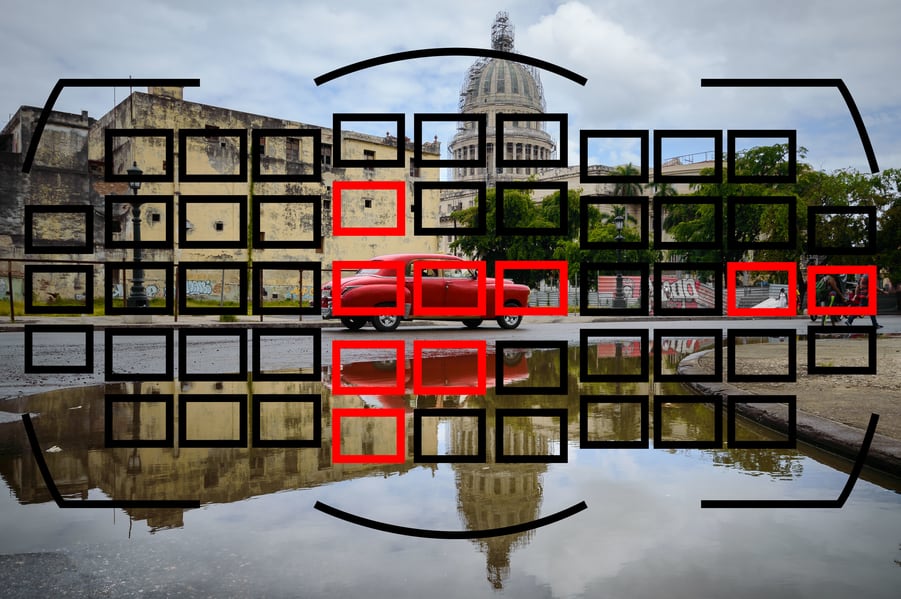
There were cars and people moving in the frame, so I decided to opt for AF-C + Auto AF Area mode
focus modes in photography F.A.Q
Conclusion
In this guide to camera focus modes in photography, we’ve covered all of the major bases in autofocus technology, from autofocus single, continuous, and hybrid to each of the major AF-area modes offered by the major brands.
Although I’ve explained focus modes thoroughly, you’ll still want to dive into both the menus and instruction manual for your camera. Each model and brand uses autofocus types and Camera Area modes in a similar way with different nomenclatures, as discussed earlier.
Here, you can also find further details and instructions on the brands’ official websites:
Remember that the best AF modes are the ones that get you the shot you want, and knowing how to focus in photography and which autofocus mode and area you should use is key to ensure tack-sharp images.
Make sure to familiarize yourself with the camera focus modes available in your particular model, and put the different AF modes into practice!
I hope you found this Camera autofocus modes tutorial useful, and don’t forget to download our PDF photo guide if you want to learn more about photography.
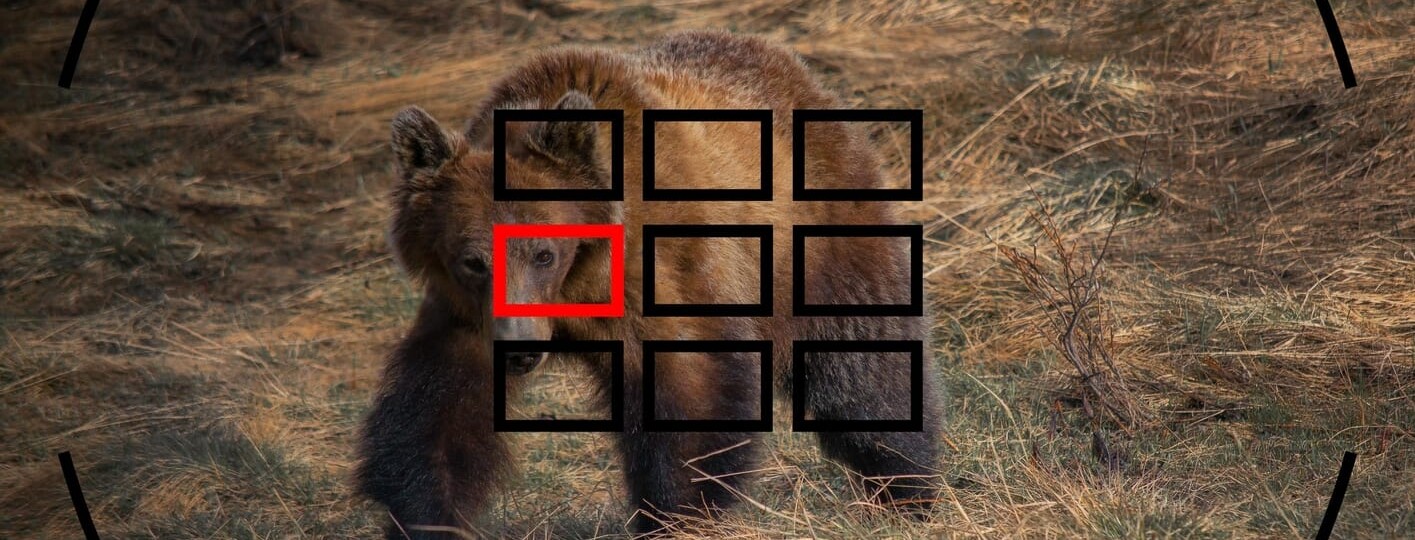
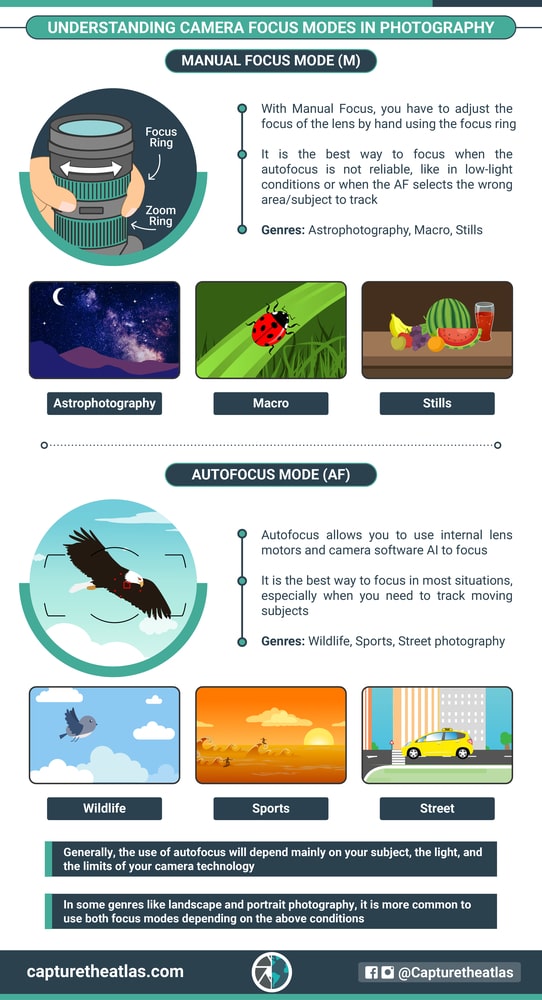
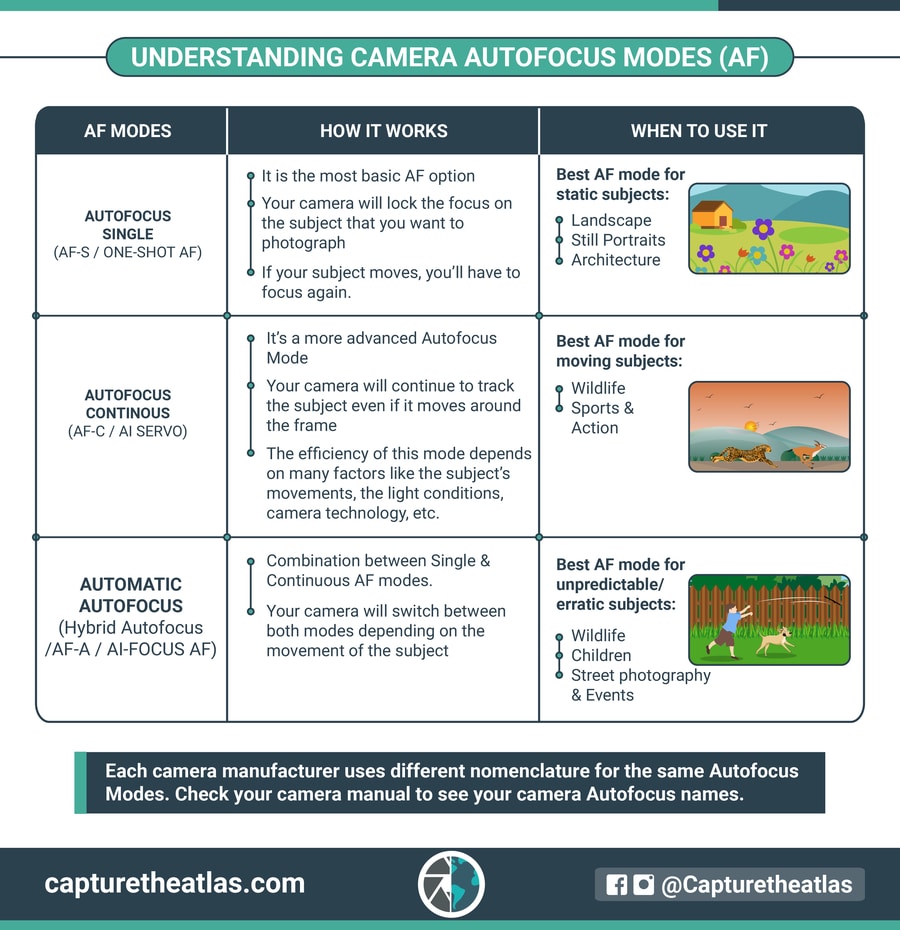
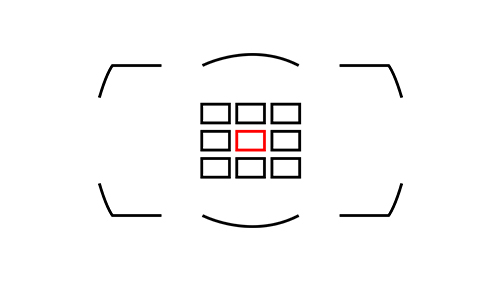
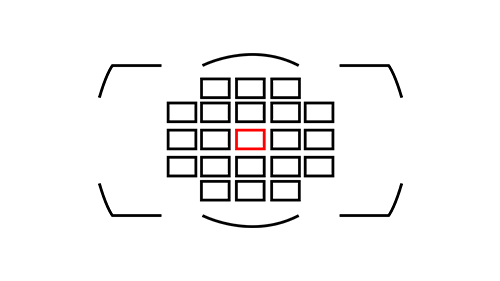
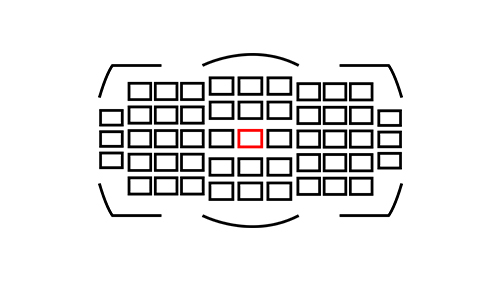
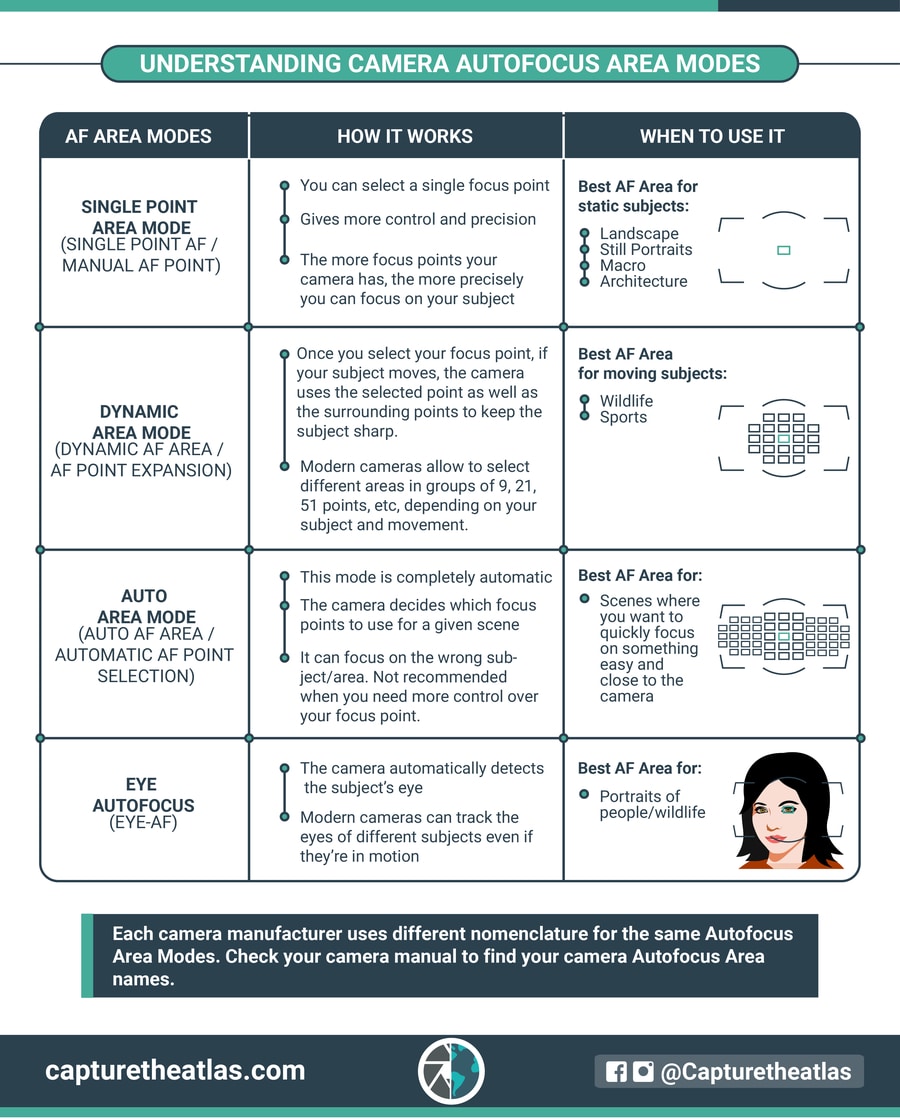


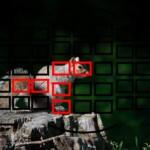

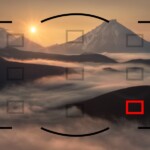
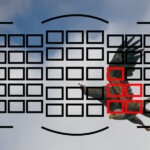
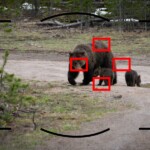
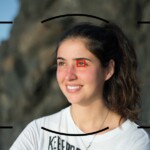






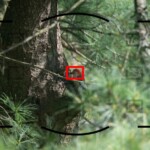

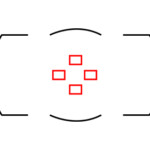
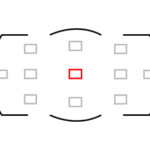
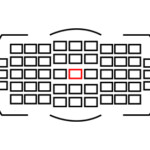
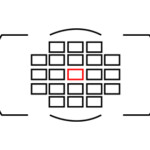

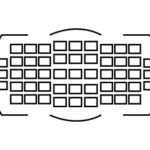
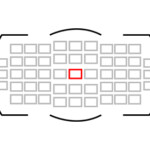


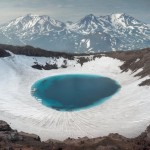

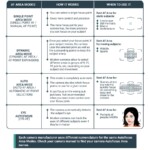
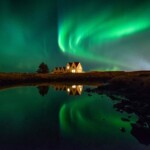
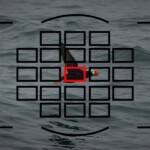

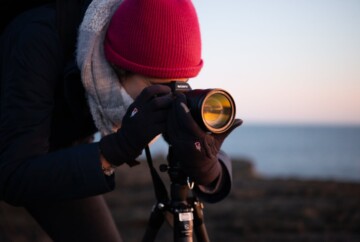









Thank you very much for this article! I’m headed out on a 12 hour whale trip in a few days to watch the humpbacks migrate on their trip south from Canada through the Salish Sea. The Salish Sea is located between the Olympic mountains and the inner shores of Washington state. This is a relatively narrow stretch the whales migrate through on their down to Mexico and their breeding grounds. I was finally able to gift myself a sigma 150 – 600 and this will be my first wildlife trip. I’ve never quite grasped the Auto Focus versatility and this is absolute perfect timing for me. I’ve read your article several times and it’s so expansive. I think writing this was most likely a lot of work on your part. It is a true gift to write so clearly. I learned so much. Thank you again,
Cheryl Otto-Cunningham
The Great Pacific Northwest
Thank you so much for your kind words, Cheryl. Hope you had a great trip and saw many humpbacks! 🙂
Hi there, getting back into my old manual Nikon F80 and your explanation has been very helpful.
There is one combo on my camera I don’t quite understand when to use: What about the combination of Single AF and Dynamic Area mode, when would this be used?
And am I right in saying, as a very rough logic to follow:
– Single AF and Single Point Area are used for static
– Continuous AF and Single Point for a minor movement in a specific subject
– Continuous AF and Dynamic Area for movement like sports, flying birds etc
– Single AF and Dynamic Area is where I am confused? Could you give an example when this could be suitable?
Many thanks!!
Els
Els,
Single AF and Dynamic Area is a mode I never used and it doesn’t make sense to me when to use it since you can have any shooting situation covered by any of the previous modes.
Best,
Dan
Thanks
I’m a beginner in using a camera instead of my beloved iPhone
You explanation is clear
It gave me courage to start experiencing before going deeper In knowledge .. point my point
And thanks again
Judith,
Focusing is always daunting in dslr/mirrorless cameras but the results are worth it when you learn it! Keep up the good work!
Dan
I have been searching for a post like this for months now and this one finally answered so many of my questions. THANK YOU!!! With that being said—- what would be your recommendation for wedding photography?
Chantel,
Happy to see that it helped!
For wedding photography it depends on the type of shooting, but generally, I’d use AF-C with a wide zone.
Hi Dan,
In my opinion you should be more appreciated. The knowledge you give is for free. People these days don’t understand how much effort (time, money for buying the books, for study etc.) it costs. In my times, when the internet was crawling, it was quite different. So, People! – appreciate what you get. Thank you for your sharing the knowledge.
Regards
Jarek
Thanks Jarek!
It takes a huge amount of work to put all this together but it’s very fulfilling to have the chance to help others!
Appreciate your nice words!
Best,
Dan
Very concise and easy to understand explanations that answers all my inquiries on the subjects. Thank you Dan!
Thanks Patrik!! Glad to see that our article helped you!
Dan
I found your tutorial very helpful. Everything was clearly explained.
Thank you.
Thank you! I’m glad to see you found our focusing modes guide informative!
Happy shooting!
Dan